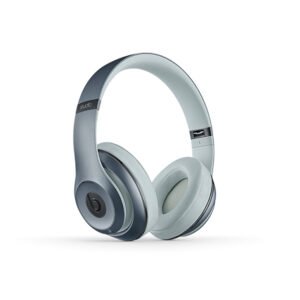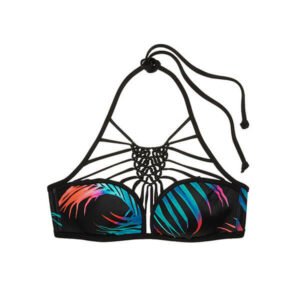A Newbie’s Guide to Choosing Your First DAW
Selecting your first Digital Audio Workstation (DAW) is an exciting step in your music production journey. A DAW is software that allows you to record, edit, and produce audio files. It’s the central hub for creating music, whether or not you’re composing, mixing, or mastering. With so many options available, selecting the correct one might be overwhelming, especially for beginners. This guide aims to simplify the process by highlighting key factors to consider when selecting your first DAW.
1. Define Your Goals and Needs
Before diving into the specifics of different DAWs, it’s crucial to understand your own goals and needs. Are you interested in producing electronic music, recording live instruments, or maybe a bit of each? The type of music you need to create will influence the options you need. For example, for those who’re centered on electronic music, you may prioritize DAWs with strong MIDI assist and virtual instruments. Conversely, if you happen to’re recording live bands, you’ll need glorious audio recording and editing capabilities.
2. Consider Your Budget
DAWs range from free to several hundred dollars. While it’s tempting to start with a free option, investing in a paid DAW can usually provide better features, help, and long-term value. That said, there are excellent free or budget-friendly DAWs like Audacity, Cakewalk by BandLab, and Tracktion T7 that can be perfect for beginners. In case you select a paid DAW, consider whether it affords a trial period, which means that you can test its features before committing financially.
3. Evaluate the User Interface and Learning Curve
A DAW’s consumer interface (UI) can significantly impact your workflow. Some DAWs have a steeper learning curve as a consequence of their complicated UIs, while others are more intuitive. Freshmen typically benefit from a simple, clean interface that does not overwhelm them with too many options at once. DAWs like Ableton Live and FL Studio are praised for their person-friendly design, making them popular choices for beginners. It is advisable to watch tutorial videos or strive demo variations to see which UI feels most comfortable.
4. Check for Compatibility and System Requirements
Earlier than purchasing or downloading a DAW, be sure that it’s compatible with your pc’s working system and hardware. Some DAWs are platform-particular; for instance, Logic Pro is only available for macOS, while FL Studio is available for each macOS and Windows. Additionally, DAWs can be resource-intensive, so check the system requirements to make sure your computer can handle the software smoothly. This consists of sufficient RAM, CPU power, and storage space.
5. Look at Included Instruments and Effects
The built-in instruments and effects generally is a major deciding factor. These tools are essential for sound design, mixing, and mastering. As an illustration, DAWs like Reason and Logic Pro X come with intensive libraries of virtual instruments and effects, making them ideally suited for many who want a wide range of sounds without additional purchases. On the other hand, some DAWs like Pro Tools focus more on recording and editing, with fewer included instruments.
6. Community and Support
A robust community and good customer assist can make a huge distinction, particularly for beginners. A DAW with an active person community provides access to tutorials, forums, and third-party plugins, which might be invaluable learning resources. In style DAWs like Ableton Live, FL Studio, and Pro Tools have extensive on-line communities and quite a few academic resources, making them nice for freshmen who might have further help.
7. Future-Proofing and Scalability
Lastly, consider the longer term-proofing and scalability of the DAW. As you develop as a producer, your needs will evolve. A DAW that permits for expansion, whether or not by way of third-party plugins, additional hardware, or more advanced options, will prevent from needing to switch software later. DAWs like Ableton Live and Cubase supply varied variations catering to totally different levels of users, which can be upgraded as your skills and wishes grow.
Conclusion
Choosing your first DAW is a personal resolution that relies on your musical goals, budget, and workflow preferences. By considering these factors and taking advantage of trial versions, you’ll find a DAW that not only meets your present needs but also grows with you as you progress in your music production journey. Bear in mind, the perfect DAW is the one which inspires you to create and makes your production process enjoyable and efficient.
If you cherished this report and you would like to obtain more facts regarding collaborative daw kindly pay a visit to the web-site.
















